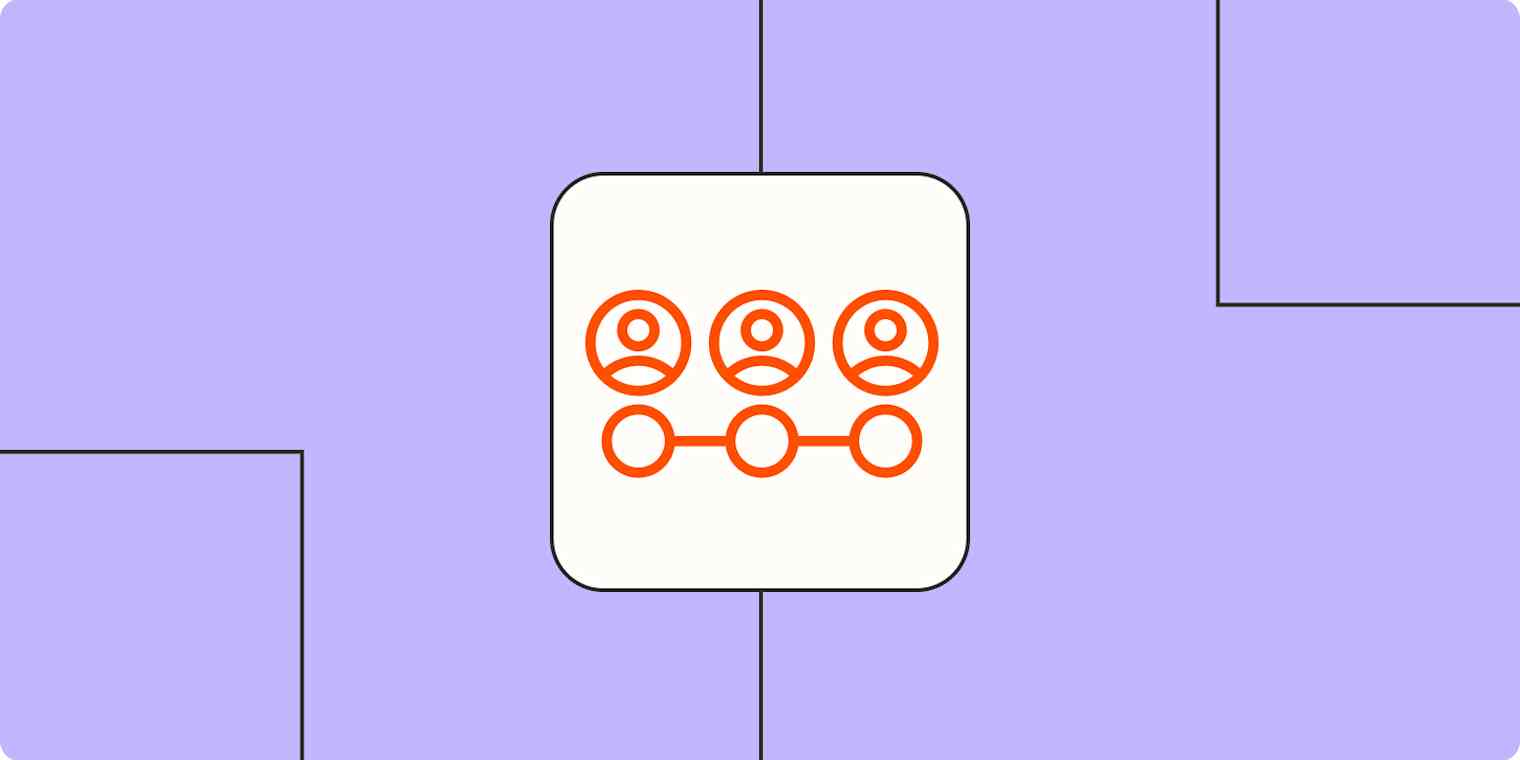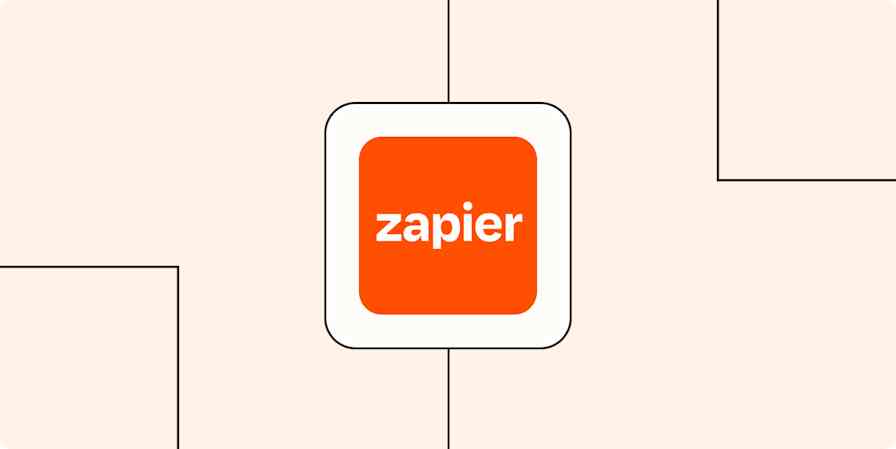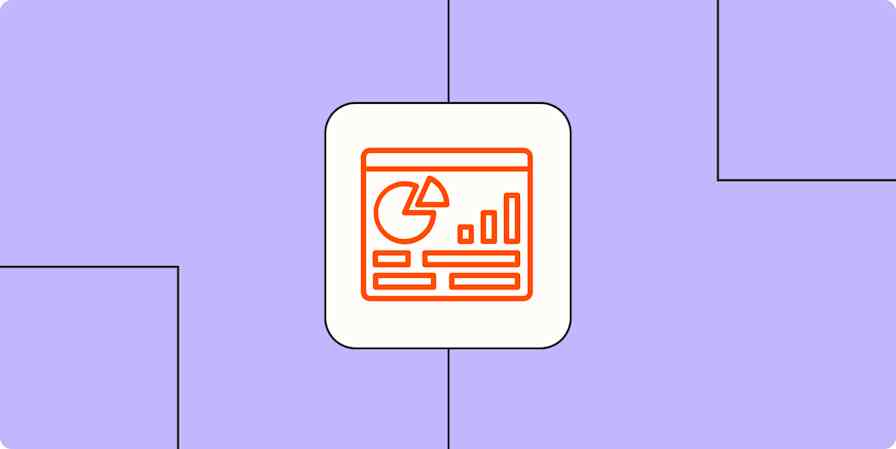Every time I walk into a grocery store without a list, my cart fills up with "healthy" snacks and a fancy cheese I'll probably forget about. Before I know it, I walk out with close to zero ingredients that could reasonably turn into an actual meal. It never fails.
That's what sales without MEDDPICC feels like—you may think you're making progress, but when it's time to close, you don't have all the key pieces in place. MEDDPICC is like your shopping list: it's a qualification framework that helps keep you focused on what actually matters so you don't waste time on deals that will lead to a lot of fancy cheese but no sales.
Below, I'll break down what MEDDPICC is and how you can use it to walk in, get exactly what you need, and walk out with a win.
Table of contents:
What is MEDDPICC?
MEDDPICC stands for metrics, economic buyer, decision criteria, decision process, paper process, identify pain, champion, and competition (hence the acronym). It's a methodology used in B2B enterprise sales to help teams navigate complex deals. You can think of MEDDPICC as a checklist to help you qualify leads and make sure a deal has everything it needs before you invest your time and effort.
By working through MEDDPICC, you can spot red flags early on. For example, are you even talking to the person who controls the budget (economic buyer)? Do you know exactly what requirements they need to move forward with closing the deal (decision criteria)? This framework helps you avoid dead-end deals, endless delays, and those dreaded "we'll circle back next year" emails.
If you've ever felt personally victimized by an infinite amount of corporate acronyms, I can't help you. But I can explain what each part of the acronym means. (Small wins.)
Metrics: Quantifiable data points used to demonstrate the value and impact of your product or service. This is the hard evidence backing up your claims and showing that your customers will see real results.
Economic buyer: The person within an organization who has the power to approve the budget and purchase; the one person who can actually say yes to closing the deal.
Decision criteria: The specific requirements and standards that a potential customer uses to evaluate and compare different solutions.
Decision process: The steps a potential customer follows to evaluate, select, and purchase your product or services. This is the roadmap taking you from a promising lead to a closed deal.
Paper process: The administrative and legal procedures required to finalize a purchase, including contract reviews, approvals, and documentation. These are the necessary and sometimes lengthy steps needed to close the deal.
Identify pain: The process of uncovering and understanding your prospect's biggest struggles and frustrations and showing them how your product can be the solution.
Champion: Someone within the prospect's organization who actively supports and advocates for your product or service—a.k.a. your inside hype person.
Competition: Other companies or products that offer similar solutions and are competing for the same customer. Essentially the other guys trying to win the same deal.
Implementing MEDDPICC means applying each element of the framework throughout the sales process to qualify leads and close deals. It's less about a rigid checklist and more about a disciplined approach to gathering and utilizing information to help you turn prospects into customers.
I'll break down each of these parts in more detail below, but the bottom line? MEDDPICC keeps you focused on the deals that are actually achievable.

1. Metrics
Metrics are the numbers that will prove your solution is worth the investment. When talking with clients, focus on the KPIs they care about (you'll need to ask them what those are). The best metrics tie to what your buyer values most and what helps them prove that value to stakeholders or the economic buyer (more on them in a bit).
You also need to be specific. If you're selling automation software, and your client's KPIs are about speed to launch and decreasing spend, you won't just say, "It'll make things faster." Instead, you might say something like, "Our customers have cut processing time by 70%, saving teams 10 hours a week and $25,000 a year in labor costs."
Identify relevant customer stories or case studies where similar KPIs were met. By showcasing tangible results achieved by others with similar goals, you give your prospect more compelling, data-driven evidence that resonates.
Ask questions like:
What are your key business goals this quarter/year?
What would a successful outcome look like in numbers (e.g., revenue growth, cost savings, etc.)?
How do you currently measure success?
2. Economic buyer
The economic buyer is the big dog, the head honcho, the one who's calling the shots when it comes to budget and final approvals. They're the decision-maker who has the power to green-light or shut down your deal. This is the person you want to connect with.
On top of causal LinkedIn stalking, LinkedIn Sales Navigator is a great option to zero in on the right titles and seniority. AI sales assistants can also integrate into your CRM system, helping you analyze organizational charts and suggest potential economic buyers.
You might connect with one person who loves your product, but at the end of the day, if you're not talking to the person who decides where the money goes, don't be surprised if your deal comes to a quick halt.
No matter who you're talking to at first, make sure to ask who approves purchases and where the budget is coming from. From there, you can build a relationship with the economic buyer to better understand their goals and what drives their decisions so you can come back with the numbers they need to close.
Ask questions like:
Which stakeholders are involved in the decision-making process?
Who ultimately approves the budget for this purchase?
What factors are most important when making a decision?
3. Decision criteria
Decision criteria are the must-haves your prospect uses to determine whether they want to move forward (or move on). Think of it as their personal checklist, what they consider the non-negotiables when evaluating solutions.
Of course, not all buyers weigh the same factors equally. For example, if you're selling a CRM, one company might prioritize cost per user because they're working with a tight budget, while another might care more about customization and integration options to add to their existing tech stack. A fast-growing startup might need scalability, while an enterprise team may be focused on compliance and security.
Understanding what matters most to your buyer will help you position your solution as the one they move forward with.
If you don't meet all their requirements, it's not necessarily a dead end. Work with your team on possible features to implement or adjustments to make. While you won't completely rebuild your product from scratch, this is a good time to get valuable feedback on where you can improve.
Ask questions like:
What are your key requirements when selecting a solution?
Are there specific features, integrations, or security features you need?
How will you measure whether this solution is a success?
4. Decision process
The decision process is the steps the prospect takes (and the hoops they might have to jump through) when making a purchasing decision, like approvals, evaluations, and procurement processes.
Understanding their decision process keeps you ahead of the game, helping spot any potential roadblocks that might slow things down. As the seller, it's on you to stay proactive. That means checking in regularly because processes can shift, and, let's be honest, prospects love to keep sellers on their toes. Stay ahead by leveraging your CRM system to set reminders and send automatic follow-ups. Task automation features also allow you to schedule recurring check-ins at specific milestones or predetermined time intervals.
And be specific with your follow-ups: it's much more effective to say "Have you had a chance to check in with Steve from Accounting yet?" than to say "What's the haps?"
Ask questions like:
What's your typical process for this type of solution?
Who needs to be involved in this decision?
What steps need to happen before a final decision is made?
5. Paper process
The paper process is the "P" that was later added to the MEDDIC framework, bringing it one step closer to MEDDPICC. Think of it as the fine print nobody wants to deal with but everybody has to. It covers the understanding of legal, administrative, and contractual procedures—like contracts, NDAs, security reviews, and assorted legal reviews. Basically all the paperwork needed to seal the deal.
This stage of the sales process is crucial because it helps you understand the complexity of the paperwork so you can plan your timeline accordingly. There's often a lot of paperwork and legal tasks with major deals and big companies, so you can expect some delays. But getting ahead of it means fewer last-minute surprises and a much smoother close.
To effectively manage the paper process, start by facilitating early legal alignment between your teams. Clarify whether you'll use your contracts, theirs, or a combination.
Identify all key stakeholders involved, from legal to procurement, then create a detailed timeline for all paperwork and approvals. This allows you to seamlessly document and track every step to ensure a smooth closing process.
Ask questions like:
What's your standard procurement process?
How long does legal review typically take?
Who should we work with to ensure a smooth approval process?
6. Identify pain
Identifying pain means uncovering the specific challenges and unmet needs your prospects face so you can position your solution as the answer to their problems. As a seller, this means digging deep to understand how these challenges are impacting their business.
Why does this matter? Because pain drives urgency. Once you determine their biggest headaches, you can connect the dots and use your selling power to show them exactly how your solution will make their problems disappear.
Even though this comes toward the end of the acronym, it should come toward the beginning of your relationship with a potential buyer, around the same time you're learning what metrics matter to them and what their dealbreakers are.
Ask questions like:
What's slowing down your team the most right now?
What's one problem you'd love to eliminate this quarter?
Have you tried other solutions? If so, what worked or didn't work?
7. Champion
Think of the champion as your inside advocate—the person who believes in your product and pushes for it when you're not around. They're not always your main point of contact, but they're the ones influencing decision-makers and keeping the deal moving forward.
Your champion doesn't always have to be your initial prospect or the economic buyer. While they can be the same person, sometimes your first point of contact is simply the person gathering information, and you need them to lead you to the real champion. The champion feels the pain your solution solves and has credibility within the organization.
For example, if a company is evaluating a new CRM, your champion could be:
A sales manager who sees how a better CRM would improve their team's efficiency
A RevOps manager who would love a new CRM that makes reporting and forecasting easier
A COO or CFO who recognizes the ROI and cost savings
The best champions have influence, urgency, and a personal stake in the outcome. Without a champion, you're just another outside seller. But with a champion, you've got someone selling for you on the inside too.
Ask questions like:
Who in your organization would feel the biggest impact from solving this problem?
Who has successfully driven change like this before?
Who would be the biggest advocate for a solution like this?
8. Competition
Your product isn't the only one on your prospect's radar, and if you don't know who else they're considering, you're not playing the game right. But understanding your competition isn't just about knowing who else is in the mix: it's about figuring out how to show that your solution is the one they actually need.
Start by researching:
Direct competitors: Who offers a similar solution, and what are their strengths and weaknesses?
Common objections: What are prospects saying about other solutions? Where do competitors fall short?
Reviews and customer feedback: What do users like and dislike about competing solutions?
Features and pricing: How does your solution stack up in terms of capabilities, integrations, cost, and support?
Since you already know your prospects' criteria and pain points, use that as leverage to help craft your sales pitch. If they need seamless integrations, highlight where your product has the upper hand over another popular competitor. If budget is a concern, show how your product delivers the best ROI on the market.
Focus on how your product solves their needs better than the rest to make the decision a no-brainer.
Ask questions like:
What other solutions are you considering?
What do you like or dislike about your current solution?
What would make our solution a clear winner for you?
MEDDPICC vs. MEDDIC

MEDDIC evolved into MEDDPICC with the addition of Paper process and Competition to help sales teams better navigate the growing complexity of enterprise sales. These extra steps ensure you're not blindsided by legal and procurement roadblocks while also keeping you one step ahead of competitors.
For simpler sales cycles with fewer stakeholders and a straightforward buying process, the original MEDDIC framework might be all you need. It's a great starting point for teams looking for a more structured qualification process.
But if you're dealing with high-value enterprise deals where decision-makers, lengthy approvals, and fierce competition are at play, MEDDPICC is the way to go. It helps you tackle procurement hurdles head-on and sharpen your competitive edge to help you close deals.
MEDDIC is like the basic paper grocery list, and MEDDPICC is like a shopping app or a professionally curated checklist from your nutritionist. In high-stakes deals, those extra details—like understanding the approval process and potential roadblocks—can be the difference between closing the deal and getting stuck in endless procurement limbo.
Tips for implementing MEDDPICC
To use MEDDPICC effectively in your sales process, you need to bake it into every step. Here are a few tips to help:
Invest in training: Make sure your team is set up for success and fully understands MEDDPICC by providing training and workshops. This will help them naturally apply the framework into conversations.
Integrate it into your sales workflow: Embed MEDDPICC into your CRM, sales playbooks, and qualification checklists to ensure your team consistently follows the process.
Leverage automation: Use sales automation to track key deal qualifiers, set reminders for follow-ups, and keep an eye on the decision process and procurement timelines so nothing falls through the cracks.
Focus on the right questions: The right questions can make or break a deal. Focus on thoughtful, open-ended questions that will uncover pain points, decision drivers, and competitive insights.
Track success: When using MEDDPICC, regularly review its effectiveness to refine your approach. Track metrics like sales cycle length in your CRM to see how much faster deals close when applying MEDDPICC.
Automate your sales process with Zapier
MEDDPICC is your sales shopping list that ensures you don't end up with a cart full of leads that will never close. With Zapier's no-code sales automation solutions, MEDDPICC becomes even more powerful. You can easily automate key steps in your sales process across thousands of apps to ensure you track decision criteria, stay on top of timelines, and set reminders to check in with your champion and economic buyer.
Learn more about how to automate your sales workflows and build AI-powered solutions, so you can scale your sales efforts and focus on the work that matters.
Related reading:










